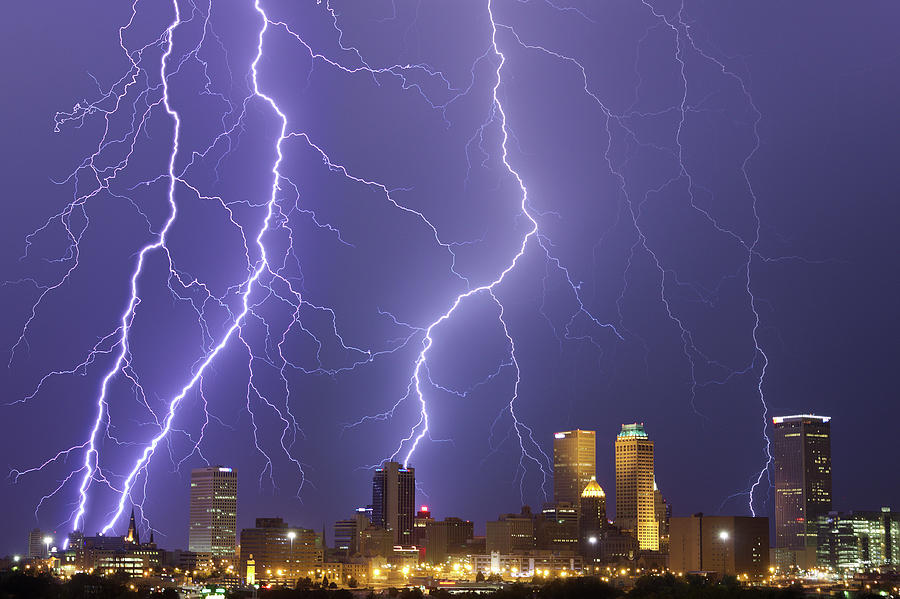#907 Postby aspen » Sat Jul 03, 2021 7:29 pm
AlphaToOmega wrote:aspen wrote:The Atlantic is pretty far ahead of the norm in terms of ACE. According to CSU, the North Atlantic basin has had a total of 6.8 ACE, exactly 4x the average for July 3rd (1.7 ACE). We’re also ahead in terms of named storms and hurricanes. By the time Elsa finishes up, the basin should be at least 7.5-8.0 ACE.
The average ACE for an Atlantic hurricane season is 127
4*127 = 508

It is practically impossible to get a season with that ACE, but it is an ominous sign that such a scenario is what would happen if the current rate of activity continued.
ACE rates are never constant in a season. There was actually a point in August or September where 2020 was around average ACE for the time and behind other active years…and then came October-November.
We’re also way ahead of 2017 in terms of ACE and hurricanes, but I personally doubt we’ll see anything close to its 226 ACE total and three 40+ ACE, 135+ kt long-tracking MDR hurricanes. Every season is different, and no two have the same progression of ACE relative to average, and it is possible 2021 falls behind at some time.
6 likes
Irene '11 Sandy '12 Hermine '16 5/15/2018 Derecho Fay '20 Isaias '20 Elsa '21 Henri '21 Ida '21
I am only a meteorology enthusiast who knows a decent amount about tropical cyclones. Look to the professional mets, the NHC, or your local weather office for the best information.













